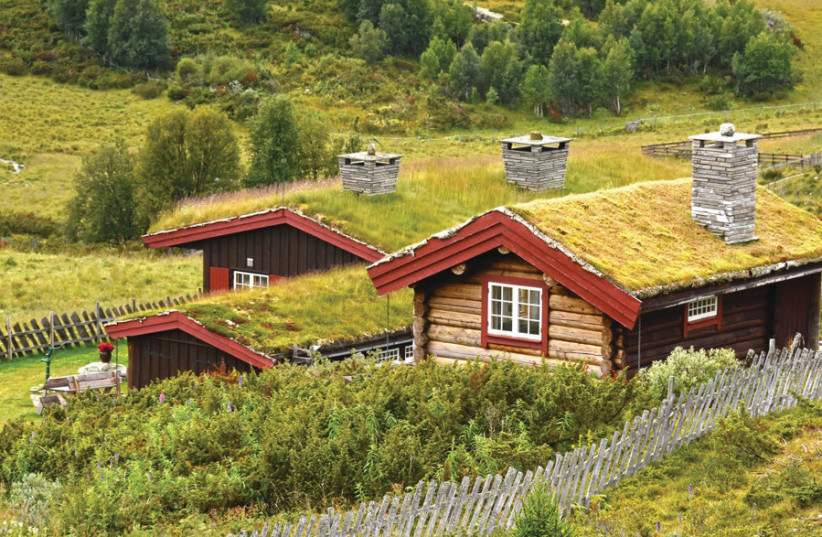Archaeologists have found the oldest known runestone in Olso, Norway during an archaeological dig near the Tyrifjorden lake.
Runestones are ancient stones with inscriptions, usually in the Norse language, that were erected in various parts of Scandinavia and the British Isles during the Viking Age.
The discovery was made in 2021, when researchers that were excavating an ancient burial ground near the lake found it among one of the burial sites, according to Heritage Daily.
The researchers found the stone at one of the burials where they also found cremated human bones, charcoal and runestone, dating back to the Iron Age.
"The text possibly refers to a woman called Idibera and the inscription may mean 'For Idibera.'"
Professor Kristel Zilmer from the Cultural History Museum, University of Oslo

What was on the runestone?
Carved into the stone are eight runes which have been interpreted as a name in a Proto-Germanic language, pre-dating Old Norse, which spelled Idibera or other variations of it.
"The text possibly refers to a woman called Idibera and the inscription may mean 'For Idibera,'" Professor Kristel Zilmer from the Cultural History Museum, University of Oslo said. "Other possibilities are that Idiberug reproduces a name such as Idibergu/Idiberga, or perhaps the family name Idiberung."
"The stone has several kinds of outlines. Some lines for a checkered pattern, there are small zigzag figures and other interesting things. Not all of the outlines make linguistic sense," he continued. "We may get the impression that someone has imitated, explored, or played with writing. Maybe someone was learning how to carve runes.
What is the history behind runes?
These stones serve as a window into the lives and beliefs of the people who created them.
The earliest known runestone was made in Sweden in the early 8th century. The inscriptions on this stone are believed to be a memorial for a man named Rokr and they are written in the Elder Futhark, the oldest form of the runic alphabet, according to the Museum of Cultural History site.
